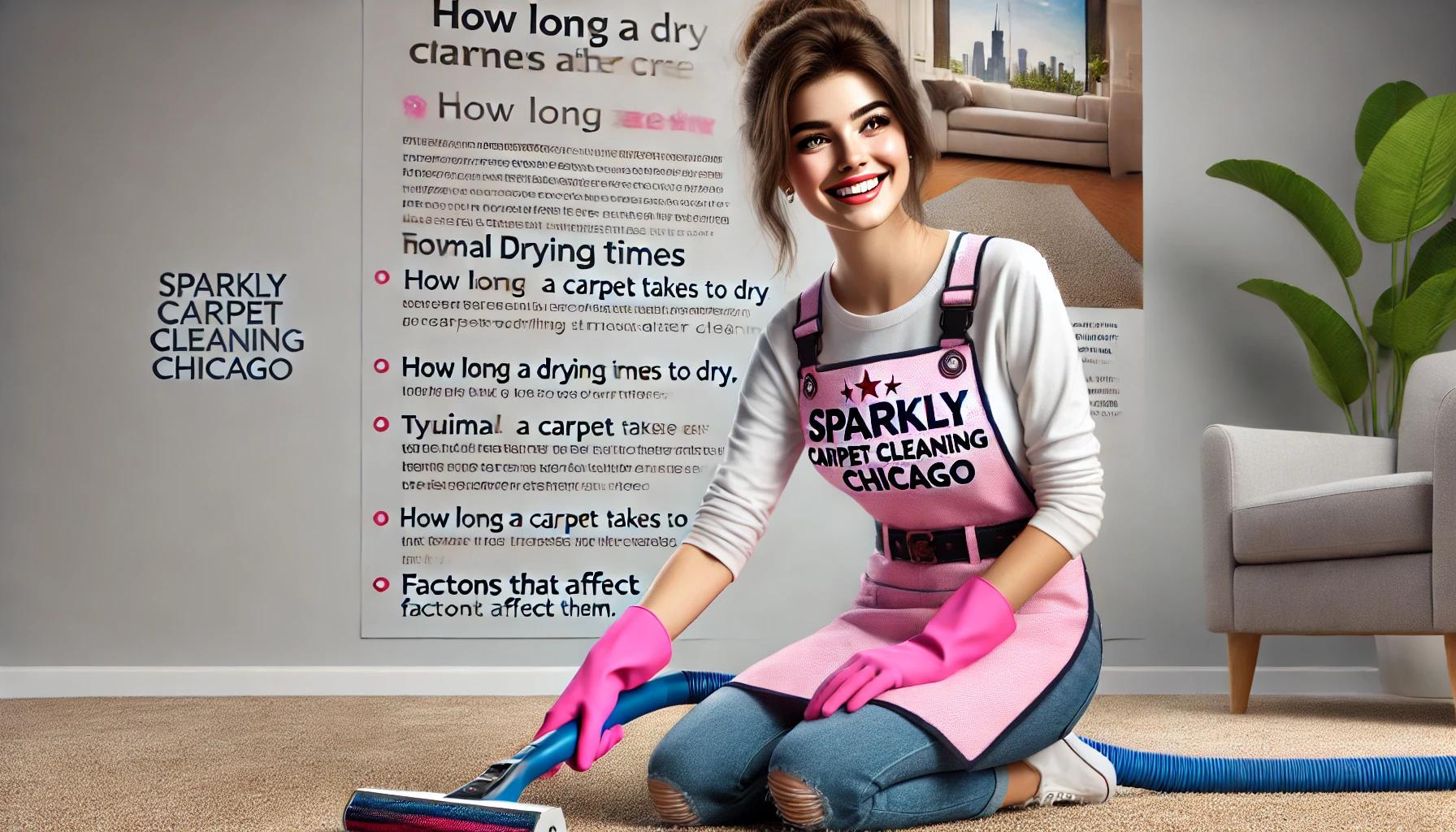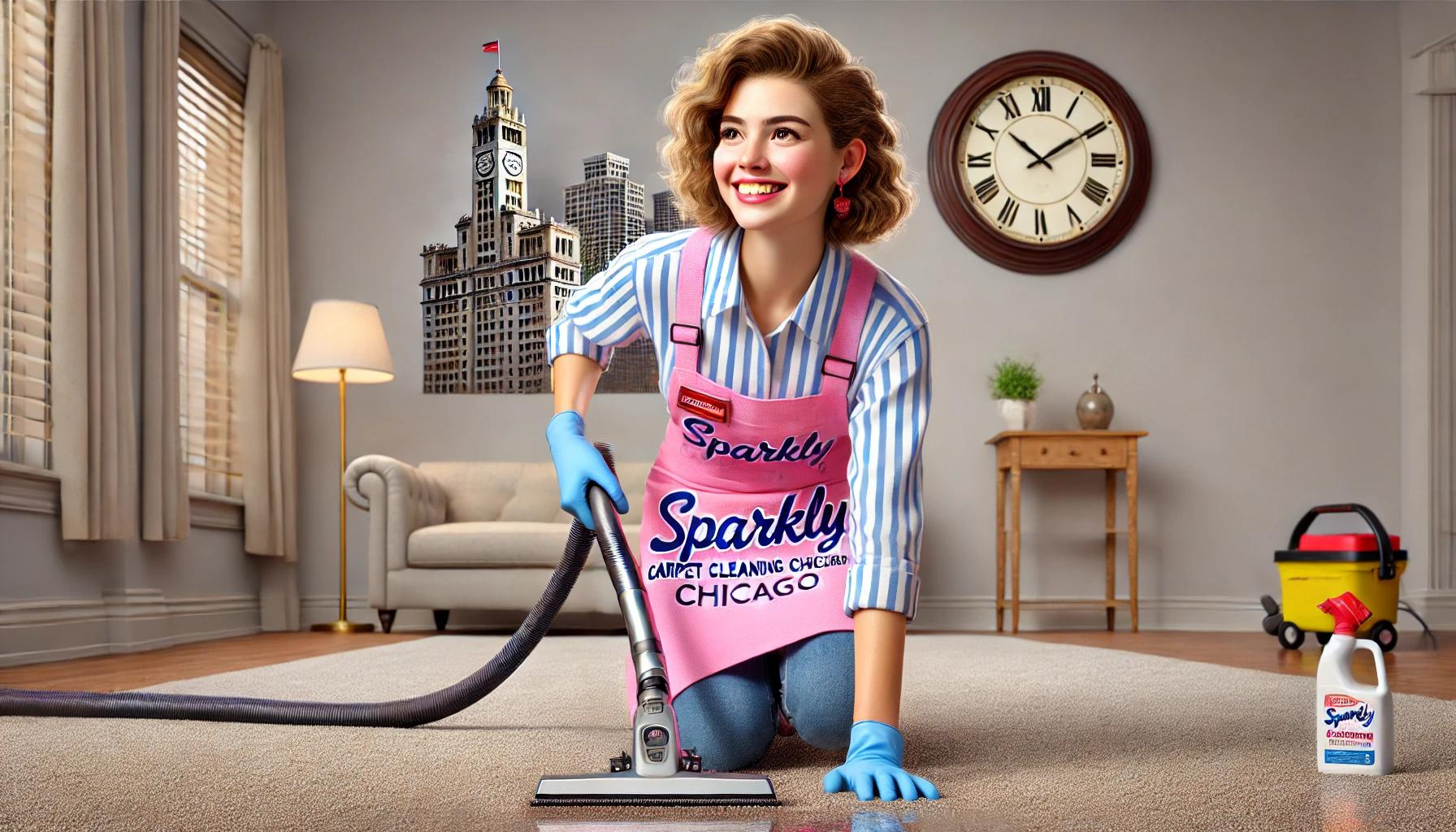How Long Does A Carpet Take To Dry After Cleaning
A Detailed Look On How Quickly Your Carpets Can Dry After Cleaning
Carpet cleaning not only enhances the look and feel of your home but also extends the life of your carpets. However, one common concern after cleaning carpets is the drying time. This comprehensive guide will explore various factors affecting drying times, methods to accelerate the drying process, and common pitfalls to avoid.
Understanding Carpet Drying Times
The Role of Carpet Fiber Type
The type of carpet fiber plays a crucial role in how quickly your carpet dries after cleaning. Carpets are typically made from either synthetic fibers like nylon, polyester, and olefin or natural fibers such as wool and cotton. Synthetic fibers tend to be less absorbent than natural fibers, resulting in quicker drying times. In contrast, natural fibers can absorb a lot of water and thus take longer to dry.
Cleaning Techniques and Their Impact
The cleaning method selected significantly influences the drying time. Here's how different cleaning techniques stack up:
Steam Cleaning (Hot Water Extraction)
Steam cleaning involves injecting hot water into the carpet fibers and then extracting it along with dissolved dirt. Although effective for deep cleaning, this method uses a considerable amount of water, and carpets may take longer to dry, typically around 6 to 12 hours.
Dry Cleaning
Dry cleaning methods, such as encapsulation or dry foam, use minimal moisture. These methods can be beneficial when quick drying is necessary, as they allow carpets to dry in as little as 1 to 2 hours.
Bonnet Cleaning
Bonnet cleaning uses a pad that absorbs dirt from the carpet surface. It's a method often used in commercial settings for light maintenance. Like dry cleaning, it also leads to faster drying times.
Environmental Factors
Humidity Levels
High humidity slows down the evaporation of moisture from your carpets, extending drying times. In contrast, low humidity levels can significantly expedite the drying process.
Air Circulation
Proper ventilation is vital for quick drying. Good airflow across the carpet helps carry away moisture, reducing drying times.
Temperature
Warm air holds more moisture and aids in faster evaporation. Heating your home slightly can help speed up the drying process during colder months.
How to Speed Up the Drying Process
Enhancing the drying process can prevent mold growth, reduce inconvenience, and return your living space to normal use quicker.
Increase Air Circulation
Use ceiling fans, standing fans, or even HVAC systems to move air around the room. Open windows and doors if the weather permits to create a cross-flow that can draw moisture out of the room.
Use Dehumidifiers
Dehumidifiers are especially useful in humid climates or during damp weather. They help by removing moisture from the air, which in turn pulls moisture out of the carpet fibers.
Towel Dry High Moisture Areas
For excessively wet areas, gently blot with a clean, absorbent towel to remove as much moisture as possible. This method is particularly useful in spots where water might have pooled during cleaning.
Professional Drying Tools
Air movers and commercial dehumidifiers used by professional carpet cleaners are highly efficient at reducing drying times. If available, renting such equipment can be beneficial.
Common Mistakes to Avoid When Drying Carpets
Over-saturation During Cleaning
Using too much water during cleaning can deeply penetrate the carpet and padding, potentially causing damage and prolonging drying times.
Ignoring Weather Conditions
Avoid scheduling deep cleaning sessions during rainy or humid days unless necessary precautions like using dehumidifiers are taken.
Not Testing Cleaning Solutions
Always test cleaning solutions on a small, inconspicuous area of the carpet to ensure they do not adversely affect the fiber or color fastness, which could complicate the drying process.
Wrapping Up Your Carpet Drying Concerns
Properly drying your carpet after cleaning is as important as the cleaning process itself. By understanding the factors that influence drying times and employing methods to facilitate quick drying, you can enjoy your freshly cleaned carpets sooner and with less risk of moisture-related problems. Whether you choose professional cleaners or tackle the job yourself, knowing how to manage the drying process effectively ensures that your carpets remain clean, fresh, and vibrant for years to come.



